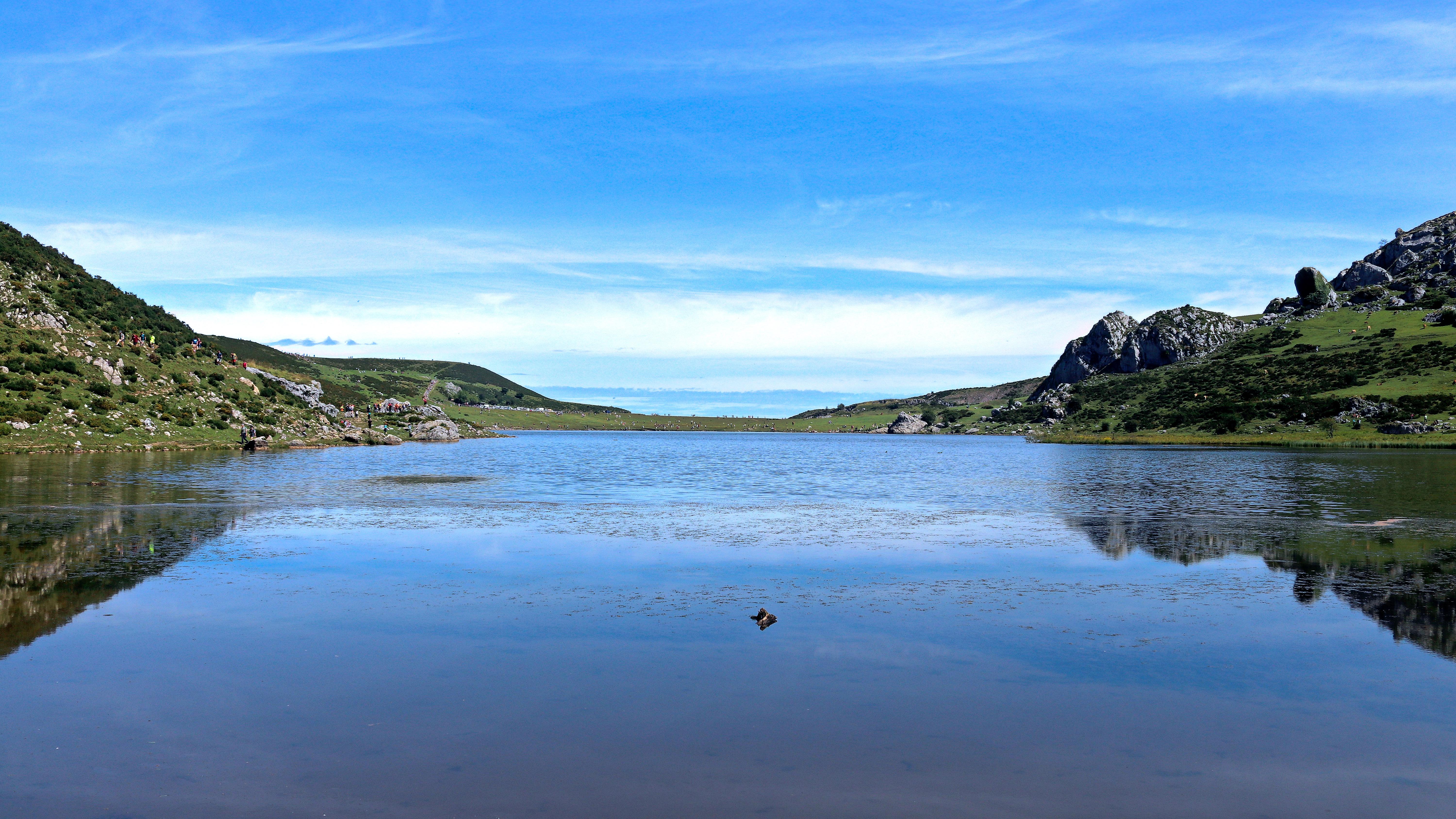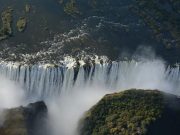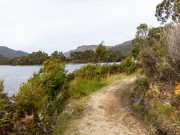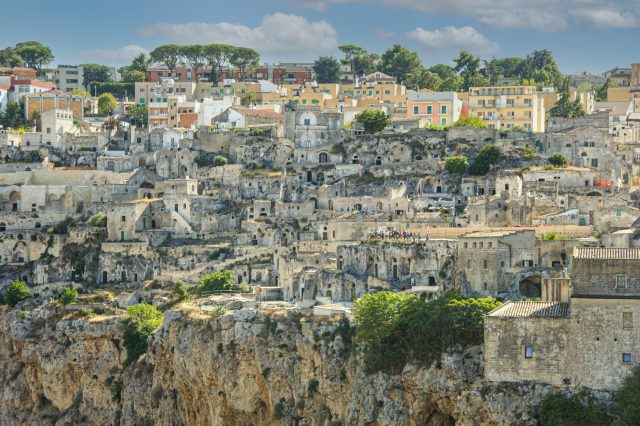In the heart of nature’s most breathtaking landscapes, national parks stand as sanctuaries of biodiversity and beauty, inviting travelers from across the globe to explore their wonders. These cherished havens, from the towering peaks of the Rockies to the vibrant coral reefs of the Great Barrier, captivate millions each year, offering an escape into the wild. Yet, as footfalls increase and trails become ever more trodden, a critical question emerges: Should governments step in to limit the number of visitors in these natural treasures? This delicate balance between conservation and tourism sparks a complex debate, one that intertwines environmental stewardship with economic interests and the universal human desire to connect with nature. As we embark on this exploration, we delve into the multifaceted arguments surrounding visitor limitations, seeking a path that honors both the sanctity of the natural world and the enriching experiences it offers to those who seek its solace.
Balancing Nature and Tourism Exploring the Environmental Impact of Overcrowded Parks
The allure of pristine landscapes and the call of the wild have drawn millions to national parks around the globe. However, as visitor numbers swell, these natural sanctuaries face unprecedented pressures. The delicate ecosystems that thrive in these environments are increasingly at risk, with trails becoming trampled, wildlife disrupted, and pollution levels rising. The challenge lies in finding a harmonious balance between conservation and recreation.
Key environmental concerns associated with overcrowded parks include:
- Habitat degradation: Excessive foot traffic and vehicle use can damage sensitive areas, leading to soil erosion and loss of vegetation.
- Wildlife disturbance: Increased human presence can alter animal behavior, affect feeding patterns, and even lead to displacement.
- Waste management issues: More visitors often mean more waste, straining park resources and impacting natural beauty.
Implementing visitor limits may be a necessary step in preserving these natural treasures, ensuring they remain unspoiled for future generations while still providing the rejuvenating experience that so many seek.
Preserving Heritage How Limiting Visitors Can Protect Endangered Ecosystems
In the quest to protect the delicate balance of our natural world, one crucial strategy stands out: limiting the number of visitors to sensitive ecosystems. By doing so, we can mitigate the stress and damage caused by human activities in these precious environments. Restricting tourist numbers not only preserves the beauty and biodiversity of national parks but also ensures that these areas can be enjoyed by future generations. This approach can significantly reduce the negative impacts of over-tourism, such as soil erosion, habitat destruction, and pollution.
- Reduced Foot Traffic: Fewer visitors mean less wear and tear on trails and vegetation, allowing the ecosystem to recover and thrive.
- Enhanced Wildlife Protection: Limiting human presence decreases disturbances to wildlife, promoting healthier animal populations.
- Improved Visitor Experience: With fewer crowds, tourists can enjoy a more serene and immersive experience, fostering a deeper appreciation for nature.
Implementing visitor caps may also encourage sustainable tourism practices, as travelers become more mindful of their impact. As governments consider this approach, the emphasis should be on balancing ecological preservation with the socioeconomic benefits that tourism brings to local communities.

Community and Economy Weighing the Benefits and Challenges of Tourist Restrictions
The idea of limiting tourist numbers in national parks brings both opportunities and hurdles for local communities and economies. Proponents argue that regulating the influx of visitors can preserve the fragile ecosystems that make these parks unique, ensuring that future generations can enjoy their splendor. This approach often leads to a more sustainable form of tourism that encourages longer stays and deeper engagement with local culture and environment, rather than overwhelming the area with short-term visitors. Local businesses can benefit from this shift by focusing on quality rather than quantity, offering premium experiences that cater to a more conscientious traveler.
On the other hand, opponents of restrictions highlight the potential economic downsides. Many local economies are heavily reliant on the steady flow of tourists, which supports jobs and stimulates regional development. Concerns include:
- Potential loss of income for small businesses that depend on high tourist volumes.
- Risk of increased prices, making it less affordable for the average visitor.
- Challenges in balancing conservation efforts with the needs of local residents.
A thoughtful approach to tourist management could potentially address these concerns, but it requires careful planning and community involvement to find a balance that benefits both nature and the people who call these areas home.

Pathways to Sustainability Strategic Approaches for Regulating Park Tourism
In the quest for balancing ecological integrity with tourism demands, governments are exploring a variety of strategic approaches to ensure sustainable park tourism. These approaches are designed to protect natural habitats while still allowing for public enjoyment and education. Some of the most effective strategies include:
- Implementing Quota Systems: By setting daily or seasonal limits on visitor numbers, parks can reduce environmental impact and enhance visitor experiences.
- Developing Infrastructure: Creating designated pathways, observation points, and visitor centers can help manage tourist flow and minimize human impact on sensitive areas.
- Promoting Off-Peak Visits: Encouraging tourism during less popular times can help distribute the environmental load more evenly throughout the year.
- Utilizing Technology: Employing tools like mobile apps for real-time park updates and virtual tours can offer alternative experiences and reduce physical presence in delicate ecosystems.
Each approach comes with its own set of challenges and benefits, requiring careful consideration and stakeholder collaboration. By leveraging these strategies, governments can foster a sustainable tourism model that safeguards natural resources for future generations.
To Conclude
As the sun sets over the horizon of this complex debate, the question of whether governments should limit tourist numbers in national parks remains a multifaceted puzzle, with pieces shaped by environmental, economic, and cultural considerations. Like the diverse ecosystems they aim to protect, the solutions are not one-size-fits-all but rather require a delicate balance and a keen awareness of each park’s unique needs. As stewards of these natural treasures, we must continue the dialogue, drawing upon the wisdom of ecologists, the insights of local communities, and the aspirations of future generations. Ultimately, the path we choose will reflect our collective commitment to preserving the wild beauty of our world, ensuring that it thrives both in the hearts of visitors and in the landscapes that inspire them. With this ongoing journey, we hold the power to redefine the harmony between exploration and conservation, crafting a legacy that honors the splendor of our natural heritage.






























